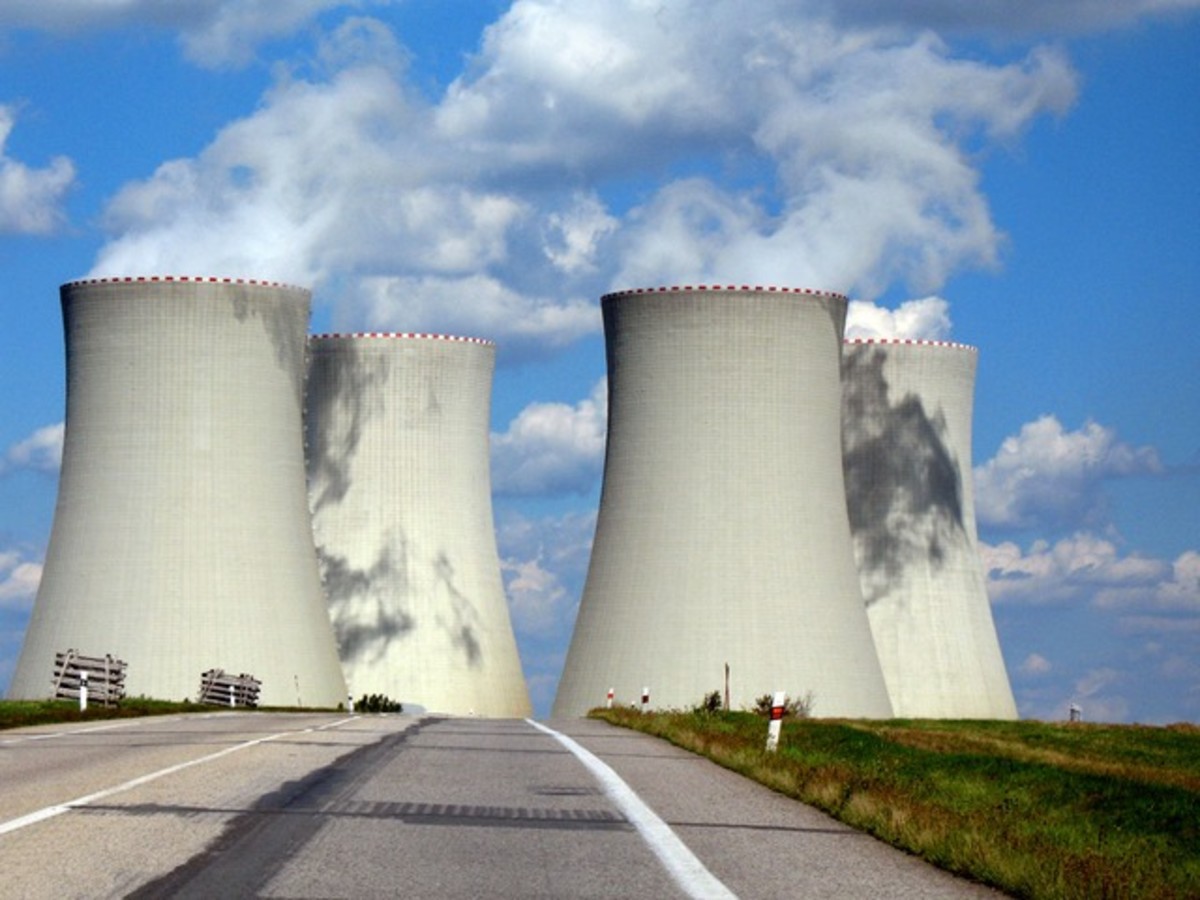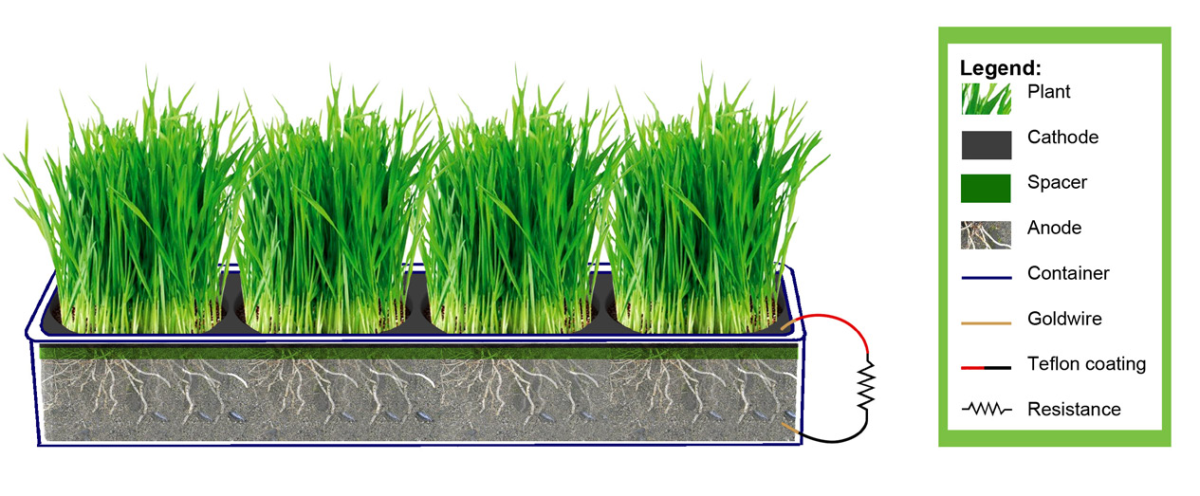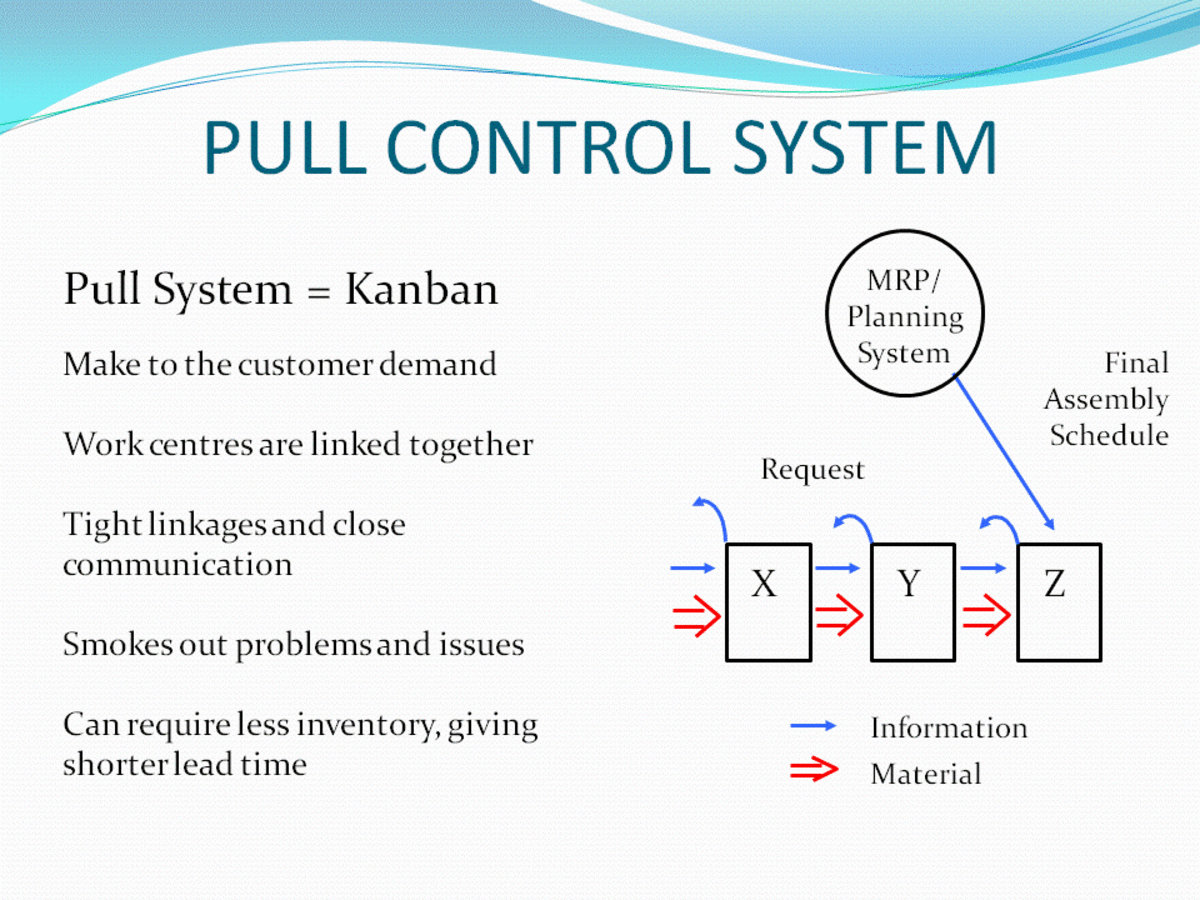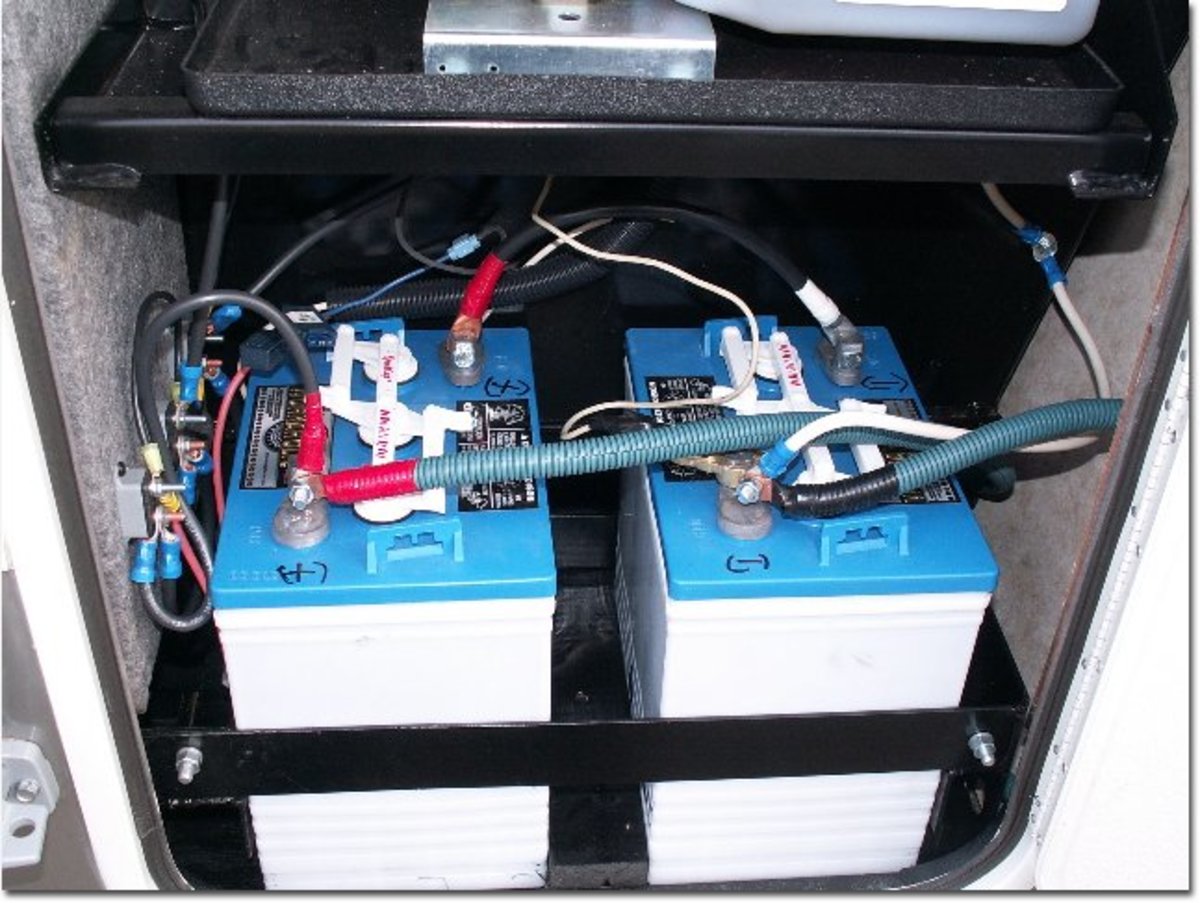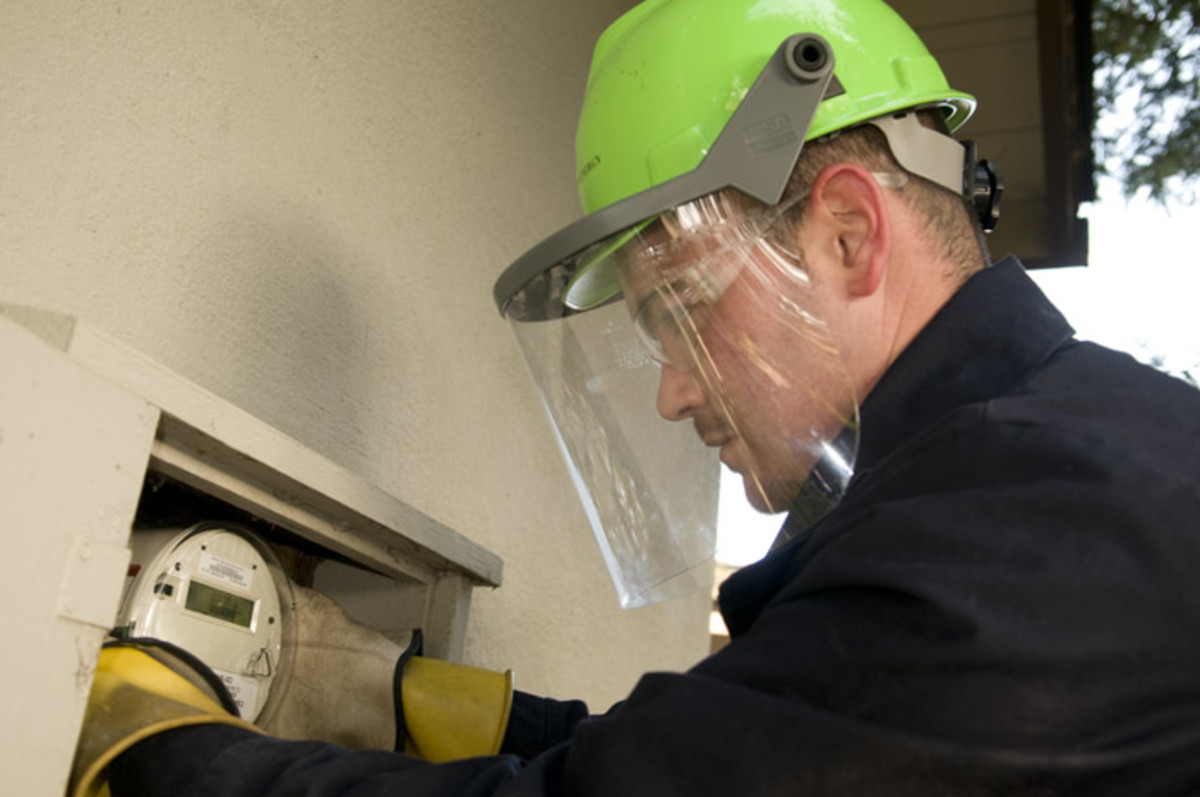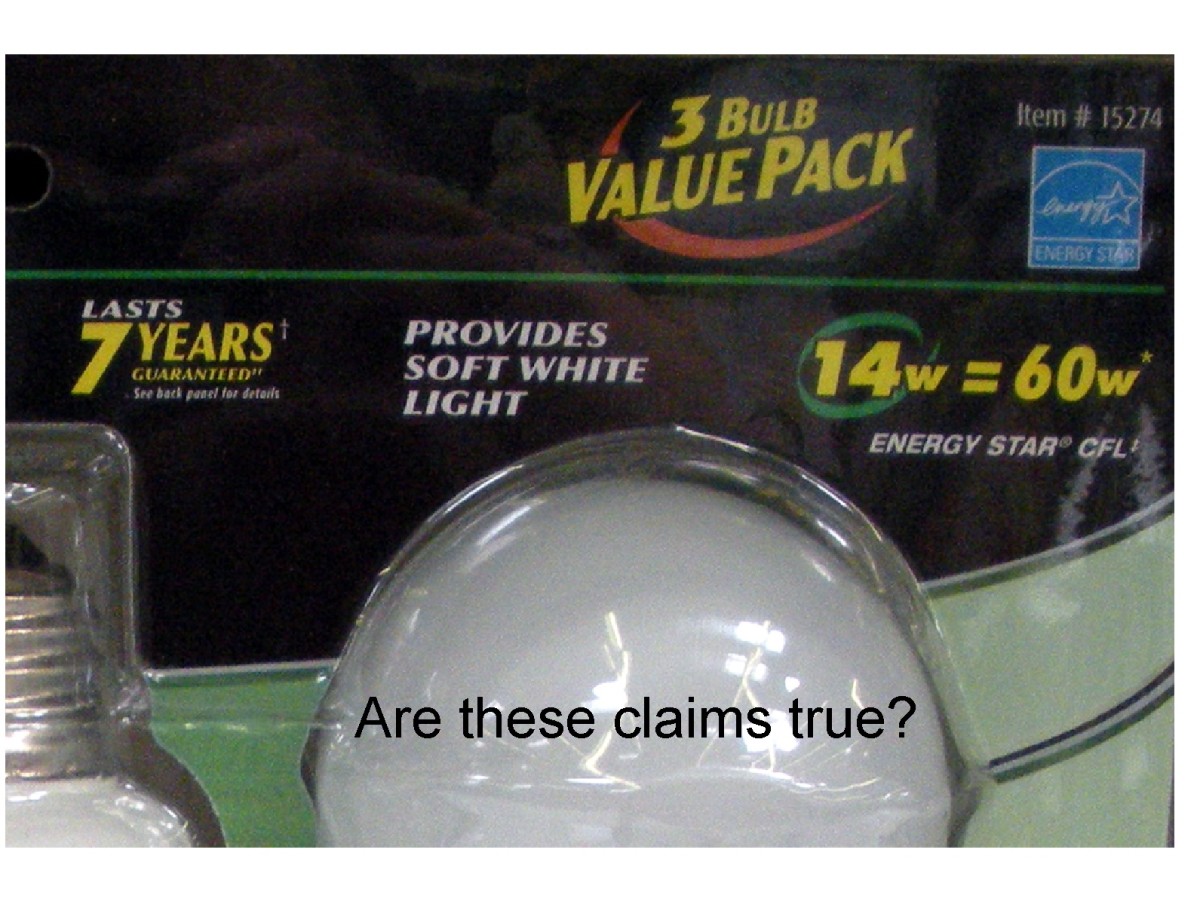Home Power generation - Is It Worth It?
Preface
This series of articles are written, in part to share information, and in part, to identify the best options for generating electricity both sustainably and affordable.
I am working on a new type of renewable energy system suitable for use in an urban environment to feasibly enable everyone to produce their own electricity.
If you have any information, comments or ideas that may be helpful towards this goal, I would be very grateful. Neil
Other useful information
- Free energy- is it possible?
Free fuel (Wind, solar, wave etc) should reduce the cost of generating electricity. In this article we look at the current generation options and assess the practicalities of free electricity.

In the UK, although the number of self-produced electricity systems is still increasing, the suitability and range of systems are very limited; primarily to Solar and Wind.
The information provided is the result of a lot of research and personal experience. And although the figures show that most systems will pay back the investment within the life span of the product, it is advisable to do your own research on both the products and the suitability of your property.
Most wind turbines require ‘Free air’, that is air which has little disturbance. Other buildings, trees, even a fence can affect the output at certain wind speeds and/or direction. Ensure you check the expected life span of the product and include any maintenance costs in your overall calculations.
When looking at solar panels, be aware that there are two types. Polycrystalline are best suited for direct sunlight and do not do well in low light, whereas Monocrystalline, although may not produce the same output in direct sunlight still perform reasonably well in cloudy conditions.
Size: when calculation the size you require, take into consideration the amount of energy you use. Unless you switch everything in the home on, the chance that you use more than 1KW per hour is low. A 4KW solar system in full sun will produce more than you will use, therefore you will be exporting around 75% or more of the energy produced.
Exporting more than 50% of the energy produced will affect the figures in the tables resulting in a longer payback time.
Looking to the future;
- Electricity prices are set to continue to rise. This means producing your own electricity may be more beneficial.
- Government tariffs reduce each year. This means the income from your system may also reduce.
- House price: there is no definitive data on whether or not renewable energy adds value to property in England, Wales or Northern Island; however, Scotland’s home report system does not take renewable energy systems into account, and does not add any value should you decide to move.
What are the costs and the benefits of installing your own self-produced electricity system?
Type
| Size
| Indicative installation cost (GBP)
| Est Output* (KWh Annual)
|
|---|---|---|---|
Wind
| 1KW
| 1,500
| 1,750
|
Wind
| 1.5KW
| 7,000
| 2,600
|
Wind
| 2.5KW
| 12,500
| 4,400
|
Wind
| 5KW
| 23,500
| 8,900
|
Wind
| 10KW
| 45,000
| 21,500
|
Wind
| 15KW
| 70,000
| 36,000
|
Solar
| 1KW
| 1,500 - 3,000
| 850
|
Solar
| 2KW
| 3,000 - 5,000
| 1,700
|
Solar
| 3KW
| 5,000 - 6,000
| 2,550
|
Solar
| 4KW
| 6,000 - 8,000
| 3,400
|
* Wind output estimate based on average wind speed of 5m/s with no obstruction that would cause turbulence.
Wind Information provided by The renewable energy hub UK
Solar information provided by The eco experts UK
The feed in tariff is relatively simple.
First there is a generation tariff which is paid to you for all the electricity you produce from your renewable system. For example if the generation tariff is 1p and you produce 100KWh per year, you will be paid £1.00.
Second there is the export tariff which is paid for the energy exported back to the grid. Currently, unless you have a smart meter fitted, there is no real way of measuring exactly what you use of the electricity you produce; therefore, the export tariff is calculated as 50% of all electricity produced. For example if you produce 100KWh per year, you will be paid for 50KWh at the export tariff.
Current Feed in tariff figures
Solar tariffs depend on the energy efficiency of your home:
Low efficiency: 0.34p per KW
Medium efficiency: 3.54p per KW
High efficiency: 3.93p per KW
Wind (up to 50KW): 8.19p per KW
Current export tariff figures
Wind (all) 5.24p per KW
Solar 5.24p per KW
The table below shows the estimated income (GBP), based on Feed in Tariff, the export tariff and the expected output of each solar capacity.
Solar
| Output (KWh)
| Est Total annual income (GBP)
| Est payback (Years)
|
|---|---|---|---|
1KW
| 850
| 25.16
| 119
|
52.36
| 57
| ||
55.68
| 54
| ||
2KW
| 1,700
| 50.32
| 99
|
104.72
| 48
| ||
111.35
| 45
| ||
3KW
| 2,550
| 75.48
| 79
|
157.08
| 38
| ||
167.03
| 36
| ||
4KW
| 3,400
| 100.64
| 79
|
209.44
| 38
| ||
222.70
| 36
|
The table below shows the estimated income (GBP), based on Feed in Tariff, the export tariff and the expected output of each Wind capacity.
Wind
| Output (KWh)
| Est Total annual income (GBP)
| Est payback (Years)
|
|---|---|---|---|
1KW
| 1,750
| 189.18
| 8
|
1.5KW
| 2,600
| 281.06
| 25
|
2.5KW
| 4,400
| 475.65
| 26
|
5KW
| 8,900
| 962.09
| 24
|
The estimated payback on the solar and wind tables above show that based only on the government incentives (FIT and Export tariff) the only product that would pay back the cost of installation is the 1KW roof mounted wind turbine.
If a household could use 100% of the home produced electricity, based on the average UK household consumption of 3,940KWh per year, the government incentives plus the savings in consumed electricity would enable all systems to pay back the installation costs within the estimated life span of the product.
One thing to understand; industry estimates that you will export 50% of your generated electricity, that is the value used to pay you your export figure. The figures shown in brackets are based on 50% of generation exported.
Even with natural variations in output each year, the bracketed figures give a more realistic view on the return from the current home generated systems available.
See tables below:
Solar
| Output (KWh)
| Total savings
| Est payback (Years)
|
|---|---|---|---|
1KW
| 850
| 147.31 (86.23)
| 20 (35)
|
174.51 (113.43)
| 17 (26)
| ||
177.83 (116.75)
| 17 (26)
| ||
2KW
| 1,700
| 294.61 (172.47)
| 17 (29)
|
349.01 (226.87)
| 14 (22)
| ||
355.64 (233.50)
| 14 (21)
| ||
3KW
| 2,550
| 441.92 (258.70)
| 14 (23)
|
523.52 (340.30)
| 11 (18)
| ||
533.47 (350.25)
| 11 (17)
| ||
4KW
| 3,400
| 589.22 (344.93)
| 14 (23)
|
698.02 (453.73)
| 11 (18)
| ||
711.28 (466.97)
| 11 (17)
|
Wind
| Output (KWh)
| Total savings (GBP)
| Est payback (Years)
|
|---|---|---|---|
1KW
| 1,750
| 440.66 (314.92)
| 3 (5)
|
1.5KW
| 2,600
| 661.87 (471.46)
| 11 (15)
|
2.5KW
| 4,400
| 1,041.82 (758.73)
| 12 (16)
|
5KW
| 8,900
| 1,528.27 (1,245.18)
| 15 (19)
|
Summary:
Each installation is as individual as the home and the home owner. Depending on your viewpoint, reducing the monthly electricity bill and receiving a quarterly income may be a bigger incentive than the return on investment. However, if the cost of installing a renewable energy system requires additional funding such as a loan, the interest must be included in your calculations.
Current home generation renewable energy systems are not designed to provide a good return on your investment. Many systems will break even, some will loose and some will provide a return, however, if you are looking for a higher return you may want to think about installing a battery system to take advantage of more of the electricity you produce.
My advice:
If the answer to all the statements below is 100% yes, then take the plunge. If you are hesitant, then keep researching, new products are always appearing on the market.
- You are 100% sure you will live in the house for the life of the system
- You have enough spare capital to buy the system outright
- You have researched the renewable system costs and suitability of your home for all available systems and sizes
- You have researched the proposed installer’s reputability
- You have researched your eligibility to qualify for the government FIT scheme
- You get all the income from your renewable energy system
© 2018 Neil Coulson


